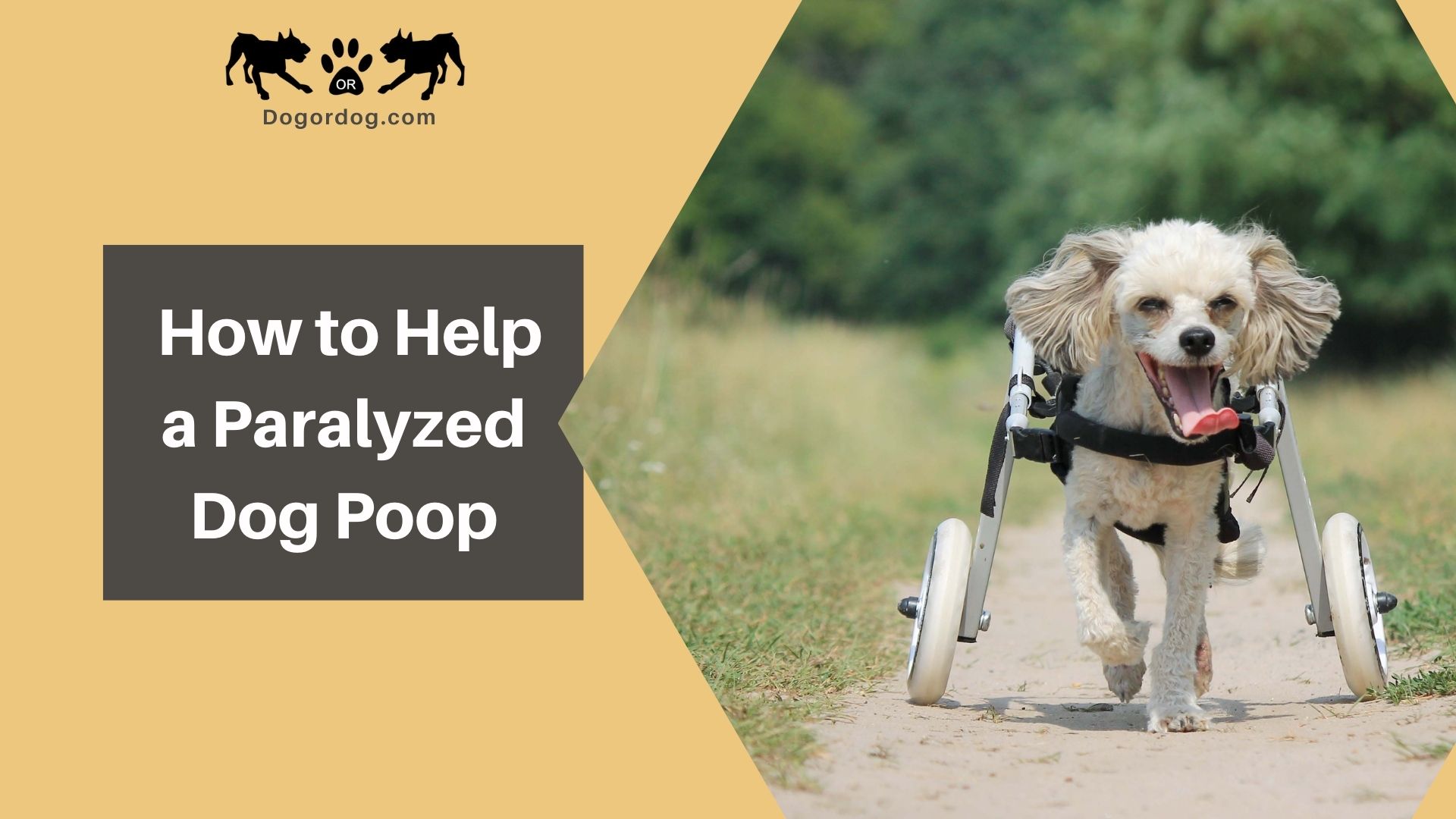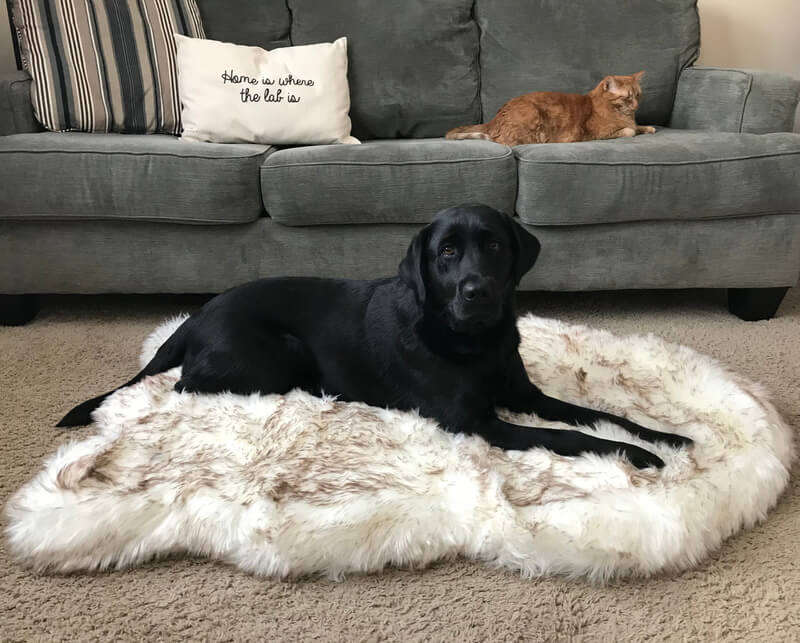
There are many challenges when it comes to caring for a paralyzed dog. While some disabled canines can express their poop involuntarily, some dogs need assistance in eliminating waste from their bodies.
A paralyzed dog can still be healthy, and one of the ways that a dog parent can support this is by making sure the disabled pet can express their bowel every day.
If your pet needs help expressing its bowels, you don’t need to worry as there are a few techniques that can make a dog poop on demand. Though it can be stressful and it may take some trial and error to create a healthy and regular routine, the methods are relatively easy to do, though a bit messy.
Here are some techniques that can help your paralyzed dog poop:
1. Insert a Finger in Your Dog’s Anus
The key to making your bowel incontinent dog poop is stimulating its poop reflex. This technique is straightforward – you need to insert a finger in your dog’s anus to cause it to contract, and therefore, release the bowel.
To do this, make sure you put on disposable gloves. Apply oil or a lubricant to your finger and gently insert it inside your dog’s rectum. The lubricant will make it easier for the poop to come out without hurting the dog’s butthole.
This technique will stimulate the movement of the bowel in your paralyzed dog.
2. Rub Your Dog’s Abdomen
Make your dog lie on its back. Find your dog’s left abdomen and rapidly rub the area for several minutes. This can help stimulate the movement of the bowel from the stomach to the intestines and out into the butthole.
You can also rub behind the back legs down to stimulate bowel movement.
3. The Cool Water or Ice Cube Method
Prepare a squirt bottle and fill it with cool water. Squirt your dog’s butthole with the cool water, as the cool temperature will cause the anus to contract, stimulating the poop reflex.
You can also try an ice cube instead of cool water and slowly press it around the skin of your dog’s butthole.
4. The Squeezing Method
This method can also simulate the poop reflex by opening the anus.
Wear disposable gloves and slowly open up your dog’s butthole. Use your thumb and forefinger and slowly spread the opening of the anus, and then squeeze it shut.
The width between your thumb and forefinger should be about 1.5″ apart. Repeat opening and squeezing the opening of the anus until some feces appears.
5. Exercise Your Dog
Physical activity will help stimulate your dog’s bowel movement. If your dog is only partially paralyzed or disabled, it can still enjoy some physical activity with the help of a dog wheelchair.
If your dog’s back legs are the only paralyzed parts, putting it in a dog wheelchair can provide it with much-needed physical exercise. Keeping your dog moving will help to keep the bowels moving regularly.
Tips to Helping Your Paralyzed Dog Poop
1. Diet
Your dog’s diet has a significant impact on how it can express its bowel regularly. High-fiber foods are ideal for helping move bowels through the digestive system, and light meals can also help in regular bowel movements.
Easy-to-digest dog food, such as cottage cheese and pureed pumpkins, as well as rice and chicken, are excellent foods to help regulate a dog’s bowel movement.
It would help if you also kept your disabled dog hydrated at all times.
2. Commit to a Regular Schedule
You should have a regular schedule to express your dog’s poop manually, and a routine can help the body normalize bowel movements daily.
Usually, a dog is ready to poop about 30 minutes after eating. So during this time, you can check your dog’s anus if it’s prepared to express waste.
If you can feel a solid mass when you touch the area around your dog’s anus, that means it’s ready to poop. If you can’t feel this solid mass, then your dog may not be able to poop no matter how much you manually try to express it.
The ideal frequency of expressing poop is at least once or twice a day. You can try helping your dog poop in the morning after your pet has had its first meal of the day and after dinner.
3. Medication
If you’ve tried all the above techniques and nothing works, it may be time to talk to your vet. Some medications can stimulate bowel movement, and this may be needed if a few days have passed and your dog has not expressed any bowel.
Conclusion
Manually expressing your dog’s poop can be stressful and messy. With all the challenges of caring for a paralyzed dog, this can be one of the worst things you’ll have to do because you’ll be dealing with feces.
While some paralyzed dogs that suffer from fecal incontinence can express their waste involuntarily, some pets will need your help. It would be so easy just to let your dog wear a diaper, but there are many situations when you will have to manually express your dog’s bowels to prevent any health problems.
Don’t worry, though; as soon as you get a regular and healthy routine, helping your paralyzed dog poop will become a habit and task you won’t even think about. As long as your pet canine is happy and healthy, helping it poop won’t be a challenge anymore soon.
Related:



